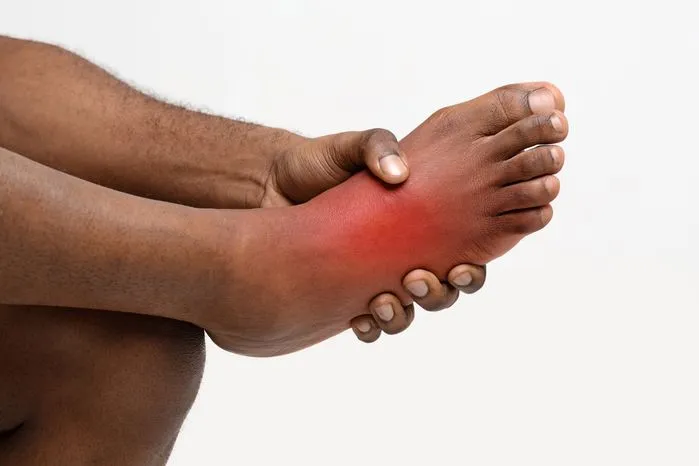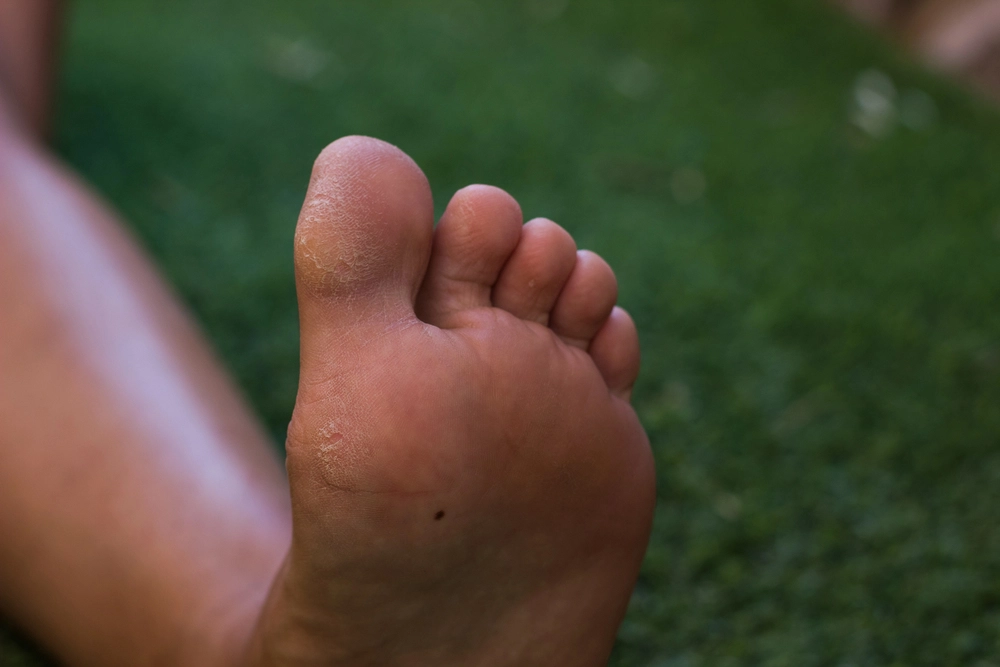
Many patients with medical issues like rotator cuffs and shoulder arthritis typically have limited treatment options. However, in recent years, medical experts have explored regenerative medicine to stimulate healing using the body’s cells. One area of regenerative therapy that is fast gaining ground is stem cells therapy for treating leg injuries such as a runner’s knee, arthritis, damaged Achilles tendon, and shin splints.
What Are Stem Cells?
Our bodies constantly manufacture stem cells in the bone marrow. A stem cell is an immature cell from which all other specialized cells are generated. There are two main types of stem cells, adult stem cells that are mostly located in the bone marrow, adipose fat, and blood, and stem cells that are found in embryos.
Can you get stem cells from placenta? A study found that stem cells can be harvested from a woman’s placenta, specifically, the discarded placentas of healthy newborns. The study also observed that there are far more stem cells in the placenta than in the umbilical cord.
What Are Amniotic Stem Cells?
The amniotic fluid has been identified as an untapped source of stem cells. Amniotic stem cells are a mixture of cells that can be obtained from the amniotic fluid and amniotic membrane. But where do amniotic stem cells come from?
They are usually extracted from the amniotic sac without causing harm to the embryos. The stem cells are then filtered and concentrated by passing through a centrifuge. The cells together with the concentrated healing elements can now be injected into the affected area.
Stem Cells Therapy
Stem cell therapy uses the patient’s stem cells for healing purposes instead of relieving the pain with harmful over-the-counter medication or undergoing painful surgery. Research shows that stem cells regenerative medicine works by initiating the healing process of injured ligaments, tendons, and joints.
Uses for stem cells in medicine include serving as an internal repair system in many tissues. Each new cell that’s formed can either become another cell with a specialized function or remain as a stem. The stem cells benefits come from the fact that since the cells are used from your own body, there’s little to no chance of side effects or the body rejecting the cells.
Amniotic Stem Cell Treatment for Chronic Pain
Dealing with chronic pain can be frustrating as treatment after treatment offers temporary relief. A good case is plantar fasciitis which causes pain at the bottom of the heel. Can stem cells help plantar fasciitis? Medical researchers are now focusing on stem cell therapy as a viable and sustainable solution for this condition. The solution does not mask the issue but works with your body to address and repair the underlying problem for long-term results.
The cost of stem cell therapy for plantar fasciitis depends on the healthcare center and the severity of the condition. Depending on the medical issue, you may need a series of amniotic allograft stem cell therapy, and you should see results gradually as the stem cells rebuild from within.
Stem Cells Knee Therapy
Since amniotic stem cell therapy is a natural process, it can relieve knee issues including neuropathy, and joint pain. Amniotic stem cell therapy for knees can be used to reduce pain and inflammation from arthritis. Arthritis is a degenerative condition of the joint that involves damage to the cartilage that shields the bones in the joint.
Amniotic stem cell injection is being tried as an experimental treatment to help regrow cartilage. Mesenchymal stem cells (MSCs), obtained from the amniotic membrane, travel to the inflamed parts of the body. They then release regenerative growth factors that can enhance the growth of cartilage and supporting tissues and thus improving tissue repair. Amniotic stem cell injection for plantar fasciitis works in the same way to repair the small tears on the fascia caused by overstretching.
How Long Does Stem Cell Therapy Last?
After a stem cell knee therapy procedure, many patients need only one treatment and begin to feel improvement in as little as three weeks. The cells continue to repair the targeted area for up to one year. However how fast regeneration happens depends on your age, the severity of the injury, general health, and dedication to follow-up care. Numerous clinical studies have shown that the results last many years when effective.
Limitations of Stem Cell Treatment
Like any other form of regenerative medicine, amniotic fluid stem cells pros and cons exist. Stem cell therapy is non-invasive and has minimal side effects. Some patients experience pain and swelling that clears after some time.
The Food & Drug Administration (FDA) considers stem cell research and therapy as "still investigational" since the long-term efficacy and safety of stem cells and regenerative medicine remains to be proved. Research into amniotic stem cell injection knee for osteoarthritis (OA) treatment is somehow limited and for this reason, the American College of Rheumatology doesn’t currently recommend uses of stem cells for treatment for OA.
Before embarking on stem cell treatment, it’s best to learn what stem cells are and how they work. One example of amniotic stem cell injection side effects is that it can potentially cause tumor growth. Viruses and prions may also spread via the cells which means more work needs to be done.
Bottom Line
Stem cell therapy is a tremendous alternative treatment for medical conditions that will typically require surgery to fix. The field is still evolving and has proven very promising thus far. However, this type of regenerative medicine isn’t for everyone, including those with infections, active cancers, and blood-related conditions.

















